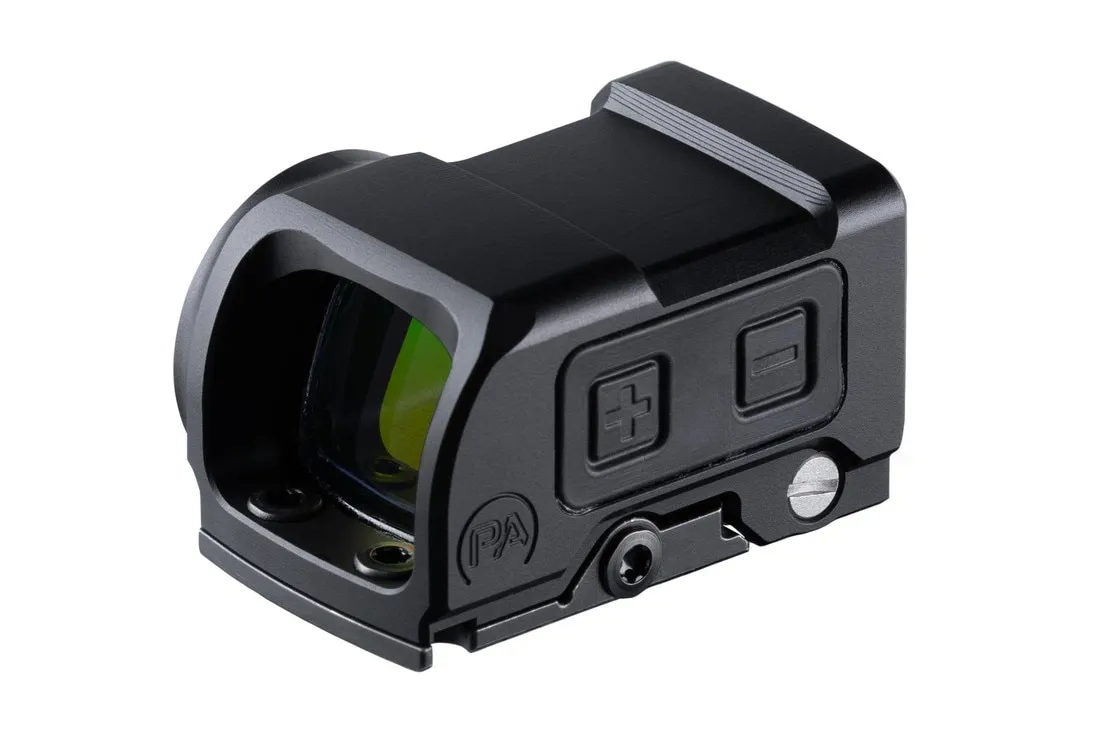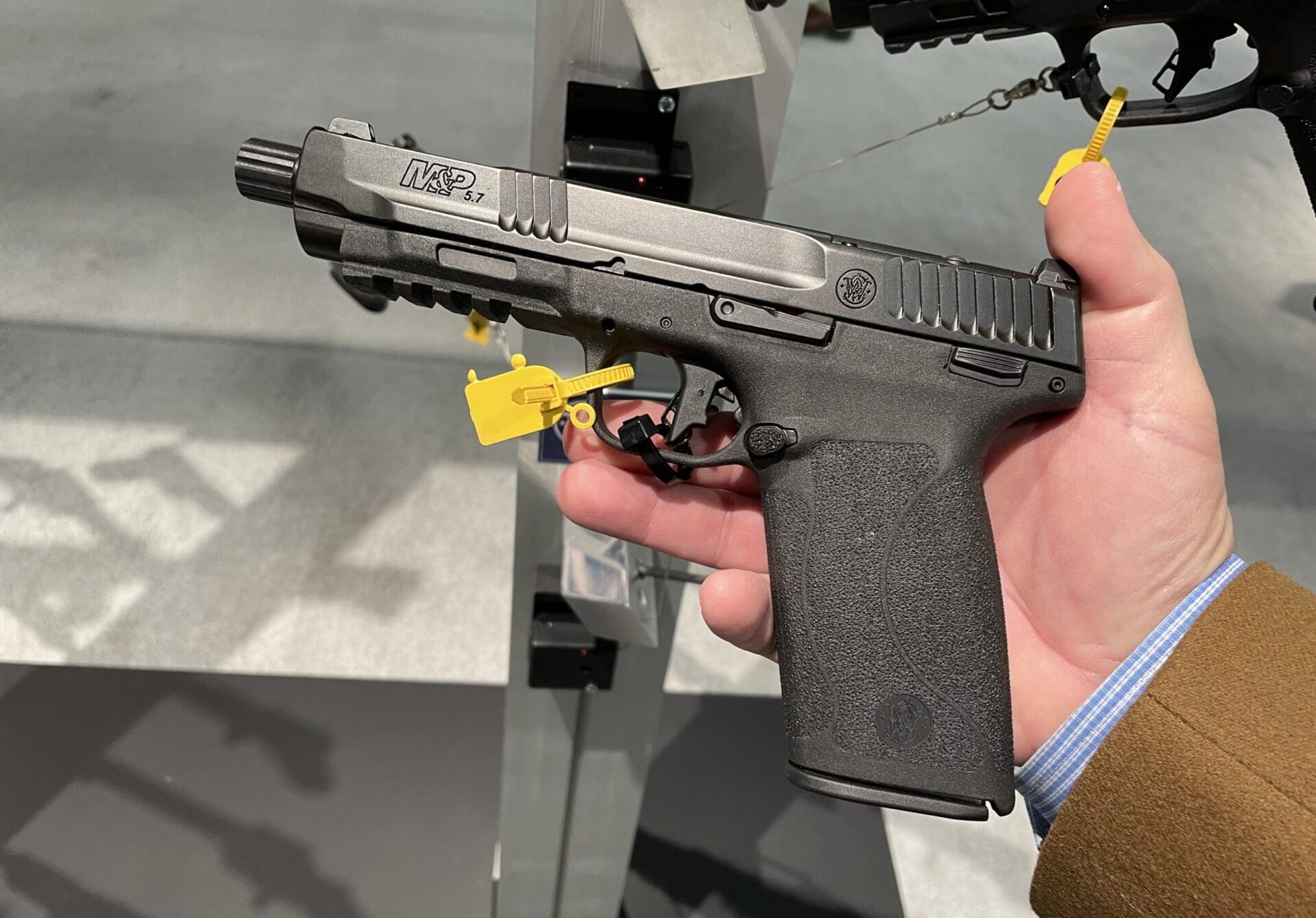Home on the Gun Range
Tags: Home on the Gun Range
I was half watching Auction Hunters on TV while enjoying an adult beverage after working all weekend at the plant. I don’t typically watch this show but I didn’t have the energy to swap channels, if you know what I mean. In any event, these two guys bid on abandoned storage units or something and then see how much they can make selling what they find. Several things struck me about the show. First, they seem to find a hell of a lot of abandoned guns in those storage units. Nice guns, too. Unbelievable. I sure wouldn’t store any firearms like that. Or abandon them . . .
But the meat of the thought process was this particular Winchester Model 1897 shotgun [2:37]. According to their “expert”, the gun was manufactured in 1900. I don’t know how old mine is, but I do have the same basic shotgun. Model 1897? Check! 16 gauge? Nope, 12, but close. Somewhat ratty in appearance? Definitely! Questionable shooting condition? Well, that’s the real question, ain’t it.
The two honchos take their gun out to the range, allow the expert to quote some expert stuff about it, and then get down to business. The gun would be worth more as a shooter than just a wall hanger. But it could also explode in their face if they try to shoot it. The expert basically shrugs in response to “is it safe to shoot?” So their solution? Load it up and shoot it. Simple as that
Huh?
I realize this wasn’t a gun show, so I don’t expect real expertise. And no telling how much expert opinion took place off camera. But still, I can think of better ways to go blind. Figuratively speaking.
My real life solution to the question “is it safe to shoot?” went down like this. I took my pawn shop Winchester out to the farm. I strapped it to an old tire and pointed it toward a dirt berm. I tired a string around the trigger and ran it 30 ft over to an old tree. I loaded one shell, retreated behind the tree, and pulled the string. BOOM. Rinse and repeat.
I went with the lowest power target loads first, then worked my way up to full power buckshot. Fired about 50 rounds that way. Then carefully inspected the shotgun for any damage, cracks, broken pieces, etc. Finally decided it was safe and shot it without incident.
So, anyone else have a similar experience? What’s the preferred method of testing?
And yes, I know. Before we get a dozen similar comments, I know the “only correct answer” is to take it to a competent gunsmith and have him/her check it out. As if. Let’s pretend some of these “competent” people aren’t and we sometimes gotta take care of business ourselves. What do you do?
But whatever it is, loading and shooting an old, unfamiliar weapon is incredibly irresponsible behavior. And not to go all RF on you, showing it on TV is simply an idiocy multiplier. All concerned should have known better.








I don’t see a big problem with your technique.
Metal fatigue is really hard to diagnose. Other than obvious issues (visible bulges, cracks, etc.), the only way to find the bad cases are specialized x-ray machines. Think about the machines the airlines use to find metal fatigue in airplanes; it’s not an easy problem.
Until we get the tri-corder, figuring out a “safe rest” shooting method is IMHO reasonable. Praying and pulling the trigger isn’t.
this show looks like a combination of pawn stars and storage wars. They have none of the personality of either of those shows however. The attitude of the skinny host makes me want to sock him right in the face, a little too obnoxious there guy.
I like how the bigger guy looks like Grimace from McDonald’s-with a tattooed head.
+1, the ham-burglar come to mind too
I have 6 tats, 1 is most of my back. Why the hell do you tattoo your head?
For the rental income.
no idea, the whole idea sounds and looks painful, but to each their own
My buddy found a Tokarev in his parent’s basement when they were moving out. We guessed his dad must have picked it up in the Korean War. We could have done some research to take a stab at how old it was but fortunately the commies had stamped “1947” right on it and saved us the trouble. Despite being over 60 years old and spending ~35 years in a damp mid-Atlantic basement it looked like it had just rolled off the line. We just loaded it up and went to town. Maybe that wasn’t the best idea but the slide was massive, the frame was solid steel, and the barrel look like it belonged on a tank, so we figured we were ok.
+1 on the Tok. I have one and it is a pretty sweet pistol. Those 7.62×25 rounds have surprising punch, too.
Copper coated with a steel core is armor piercing.
I think you should just take it to a really redneck range and say “I just got this really old gun. I’m not sure it is safe. I’ll provide the ammo if someone wants to shoot it.”
“Hey y’all, watch this!”
You forgot the first part of that. “Hold my beer…”
Correction to the article: it’s an 1887 not a 1897. the ’97 was a pump gun, not a lever gun.